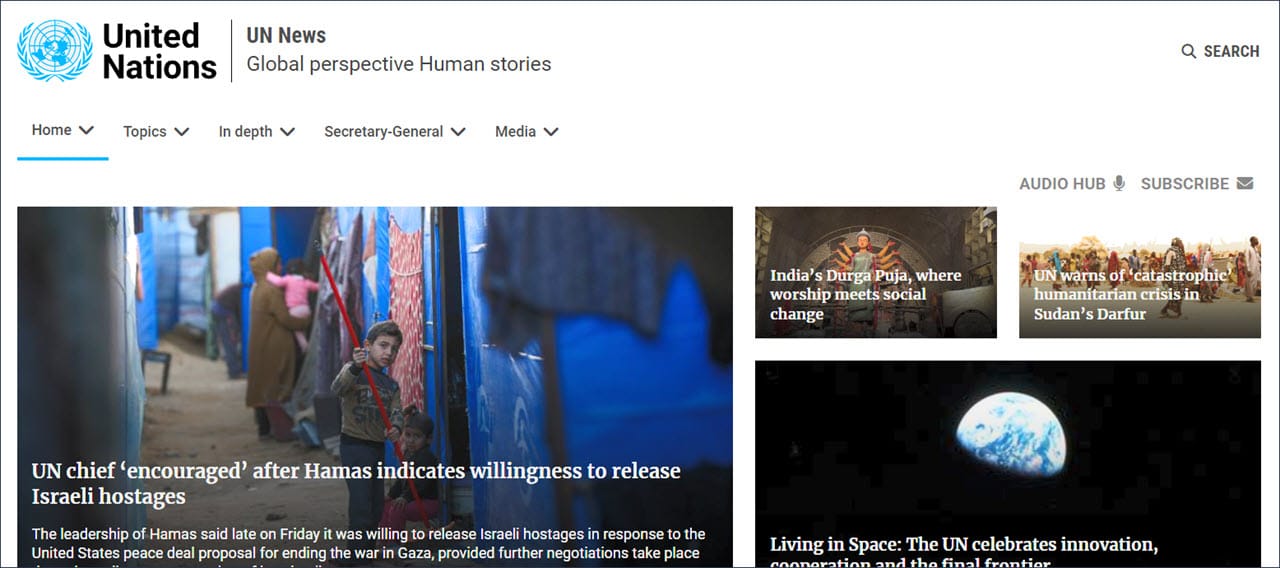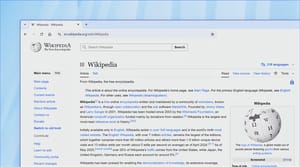A new Stanford-led study has put numbers to something many communicators have not just sensed but have been talking about for months: large language models (LLMs) such as ChatGPT are rapidly becoming part of the fabric of how organisations write, publish, and communicate.
The research, published in Patterns on 2 October 2025, analysed more than half a million corporate press releases and nearly 16,000 United Nations statements to chart the rise of AI-assisted writing. The findings reveal not just a technological trend but a communication transformation – one that reaches from small firms and PR teams to the corridors of the UN.
Corporate Press Releases: A Quiet Revolution
By the end of 2024, nearly 25% of corporate press releases showed clear signs of AI assistance, the study notes. The growth was steep and swift – a sharp rise beginning just months after ChatGPT’s public release in late 2022, followed by a levelling off in 2023 as use became routine.
The researchers examined releases from three of the largest global distributors – PRNewswire, PRWeb, and Newswire – and found consistent patterns.
- Newswire saw the fastest uptake, peaking at 24% by December 2023.
- PRNewswire and PRWeb followed closely, stabilising around 15–16%.
For startups and SMEs, AI-assisted writing has become a leveller, offering professional-quality communication without the expense of an agency or a large internal team.
Notably, the strongest adoption came from smaller and mid-sized firms, particularly those in the science, technology, and finance sectors. These organisations have been quick to embrace generative AI, enabling them to produce releases faster and more cost-effectively, often with fewer human resources.
Yet this efficiency carries trade-offs. The study’s authors warn that AI-assisted writing can make corporate messaging more uniform, blurring distinctions between brands. It can also produce content that appears polished but lacks depth, tone, or human nuance. In areas such as investor relations, public accountability, or crisis response, such over-reliance could compromise credibility.
The United Nations and the Language of Global Policy

Even the world’s largest international body is part of this shift. The study found that UN press releases – official statements produced by its country teams – also show a measurable rise in LLM-assisted writing.
From early 2023 to late 2024, adoption increased from 3% to nearly 14%. In some regions, particularly Latin America and the Caribbean, rates reached 20%. The reasons are both practical and technological. Generative tools make it easier to draft multilingual statements, produce timely crisis updates, and manage heavy workloads with limited human editing capacity.
But the implications are profound. When an AI helps to craft messages on humanitarian relief, climate change, or peacekeeping, questions emerge about authorship, accountability, and tone. Does efficiency come at the cost of moral voice or diplomatic nuance? Can readers, or journalists, tell the difference?
The study notes that while the UN’s embrace of generative tools demonstrates their growing utility, it also underscores a pressing need for clear guidelines on responsible use, especially in high-stakes public communication.
A Broader Pattern of Adoption
The authors’ analysis extends far beyond corporate and institutional communication. Across 687,000 consumer complaints and 304 million job postings, they found similar trajectories: a rapid surge in use following ChatGPT’s debut, then a stabilisation by mid-2024.
By late 2024:
- Around 18% of financial consumer complaints were AI-assisted, suggesting individuals are also turning to generative tools to articulate their grievances.
- Job postings showed nearly 10% AI use overall, and up to 15% among younger, smaller firms – organisations more willing to experiment.
Across every domain, the same pattern appears: early enthusiasm, widespread normalisation, and an emerging plateau that hints at a new equilibrium. The authors describe this as a “broad societal integration” of AI writing tools – not a novelty, but part of the infrastructure of communication.
The Changing Role of Communicators
For those of us who work in corporate, institutional, or public communication, the implications are clear. Generative AI isn’t merely automating writing; it’s reshaping communication strategy itself.
It also challenges professionals to define where human skill still adds distinctive value, such as contextual understanding, emotional tone, ethical judgement, and narrative clarity. These are the qualities that AI can assist with but cannot authentically replace.
Five Key Takeaways
- Corporate communication is at an inflection point.
Around one in four press releases is now AI-assisted, marking a structural change in how companies produce and distribute information. - Global institutions are quietly but steadily embracing AI.
The UN’s adoption illustrates how generative tools are becoming normalised even in high-stakes, diplomatic communication. - Efficiency versus authenticity is the defining tension.
AI improves productivity but risks eroding the trust and tone that come from human authorship. - Small firms are leading adoption.
Startups and newer organisations are using generative tools to compete with larger corporations, particularly in technical and financial sectors. - The diffusion has stabilised.
After two years of rapid growth, AI-assisted writing is now a mainstream practice. The next phase will focus less on adoption and more on ethics, transparency, and quality.
The Future Beckons

As the authors note, their figures likely represent a lower bound. Much AI-assisted writing goes undetected, especially when humans heavily edit generated drafts.
For communicators, that means redefining what “authentic” writing means in an age when much of what we read – from a corporate update to a global policy statement – has, somewhere in its making, been touched by a machine.
But perhaps the real question is: does this really matter?
Large language models are, at their best, tools that extend human capability rather than replace it. What matters is not whether AI had a hand in the writing, but whether it helped us express ideas with greater clarity, empathy, or truth.
If these technologies make communication faster, clearer, and more inclusive, the real test lies in how we use them – and in whose values and judgement they ultimately reflect.
The future of communication isn’t human versus machine; it’s human with machine. The challenge now is to ensure that this partnership serves authenticity, not convenience.
Source:
Liang, W. et al. (2025). The Widespread Adoption of Large Language Model-Assisted Writing Across Society. Patterns, 6(12), 101366.
https://doi.org/10.1016/j.patter.2025.101366




















